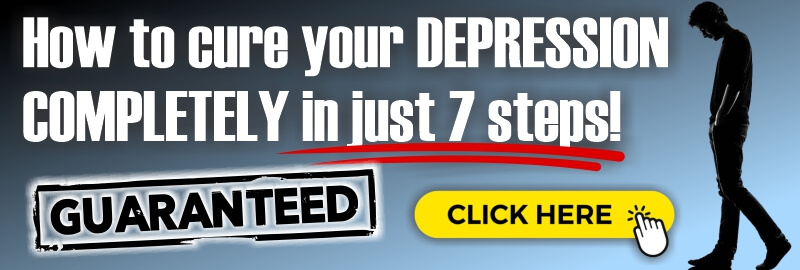I was never a tremendous admirer of public speaking. I was usually incredibly nervous and had this overwhelming impression the crowd was evaluating my every word.
I’ve learned how to face my concerns and produce a great presentation as a result of this experience. Here are the top 5 tactics I employ to ensure that every presentation is a show-stopper, simplified for your convenience.
1 Recognize that 90 percent of your nervousness will not be visible.
The audience is frequently unable to detect the telltale signs of anxiousness in the performer. The butterflies, the shaking hands, or the sweaty palms are all signs of impending doom.
The key is for you to avoid concentrating on them as well. You must keep your attention on the audience. The results of doing so are twofold: 1) people will like you more and 2) most of the nervousness that you are experiencing will go.
2 Don’t avoid making direct eye contact.
When we are nervous, it is a normal instinct to desire to conceal. What do you do when you’re in front of a gathering of people and you want to remain anonymous? You won’t be able to.
As a result, you will have a tendency to glance down or away from your audience. Isn’t it true that if we can’t see them, they can’t see us? Wrong.
People also use the tactic of looking over the tops of their heads to their advantage. The concept behind this is that by looking at people’s foreheads, they would believe that you are looking at them. Once again, I was mistaken. It’s important to look them directly in the eyes and be kind to them.
By making eye contact with the audience, you can establish a rapport with them. If someone smiles at you when you gaze at him or her, return the smile. This will put you and the audience at ease, and it will also make your presentation more authentic and sincere as a result. Consider who you want to address in the audience: the person on your left, the person in front of you, and the person to the left of the person on your right. Deliver your speech to the three persons in the audience.
Look at each person for around 4-5 seconds before “switching target” to the next one. Maintaining eye contact for an excessive amount of time is not recommended. An uncomfortable scenario will result as a result of this. You don’t want to give them the creeps. Because you are sweeping the room with your glances, this method will create the appearance to the entire audience that you are making eye contact.
3 Don’t be apologetic.
Never begin a presentation with apologizing to the audience. Beginning your presentation with an apology for your nerves or for having a cold draws attention to something that the audience may not have noticed otherwise.
Furthermore, you are communicating to the audience that “the presentation you are going to receive is less than you deserve, but please do not hold it against me.”
4 Avoid speaking in a hurried monotone voice.
If you give a fast-paced monotone speech, your listeners will immediately feel irrelevant and disinterested. It will also cause them to get disinterested and lose their concentration. When you were in school, how many lectures did you have to sit through while a monotone professor droned on and on about whatever subject he was teaching? How much of what you heard in those lectures did you truly retain?
You don’t want to expose your audience to the same ordeal, and you want them to remember what you had to say during your presentation. It is simple to avoid sending monotone messages. Think about the importance of your message before you say anything else. Consider the features of the situation that elicit strong emotions.
Think about speaking plainly with compassion. Smile. Make a joke about yourself. Take a deep breath of self-assurance. Make direct eye contact, say “you” in a nice manner, and flow with the message. If you do, you’ll hear, “I felt like you were speaking specifically to me.” That’s one of the most flattering compliments you can receive. And it indicates that you’re speaking TO not AT the audience.
5 Keep your presentation to a few important themes.
Narrow your topic down to one or two important points for a short talk, or three or four key points for an extended presentation (a talk longer than 30-minutes). To find out what you should say, ask yourself, “If my audience only remembers one thing from my talk, what would that thing be, and why is it crucial for them to remember it?”
The greater the number of points in your presentation, the less attention the audience will pay to each individual point. Once you’ve determined your main themes, you can begin creating your PowerPoint slides. If you keep these five crucial factors in mind, you will be able to take care of business.
Only in December, 2025.







